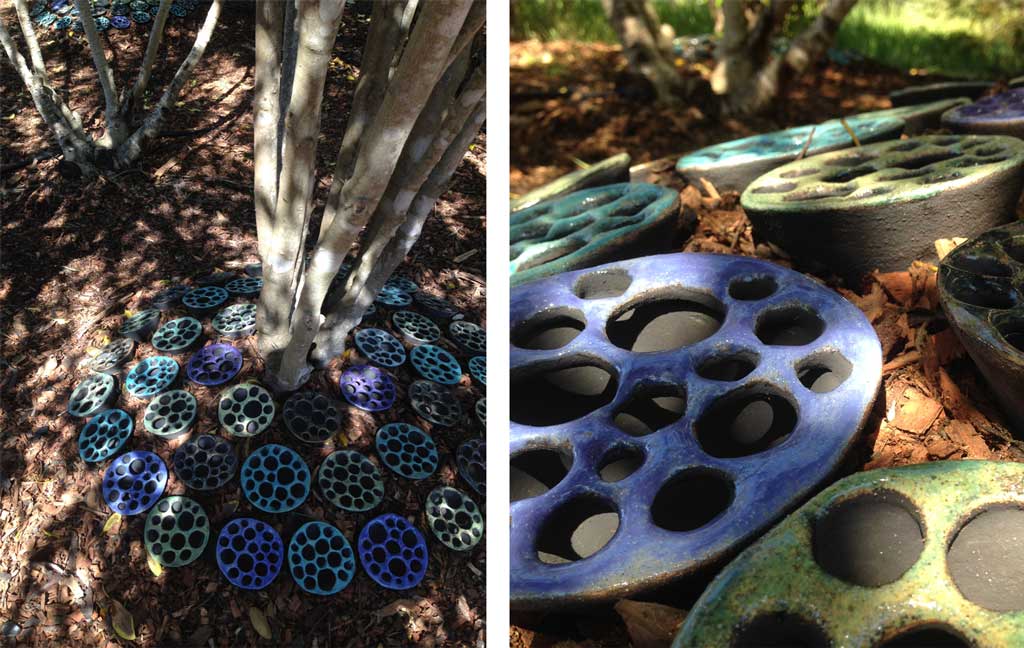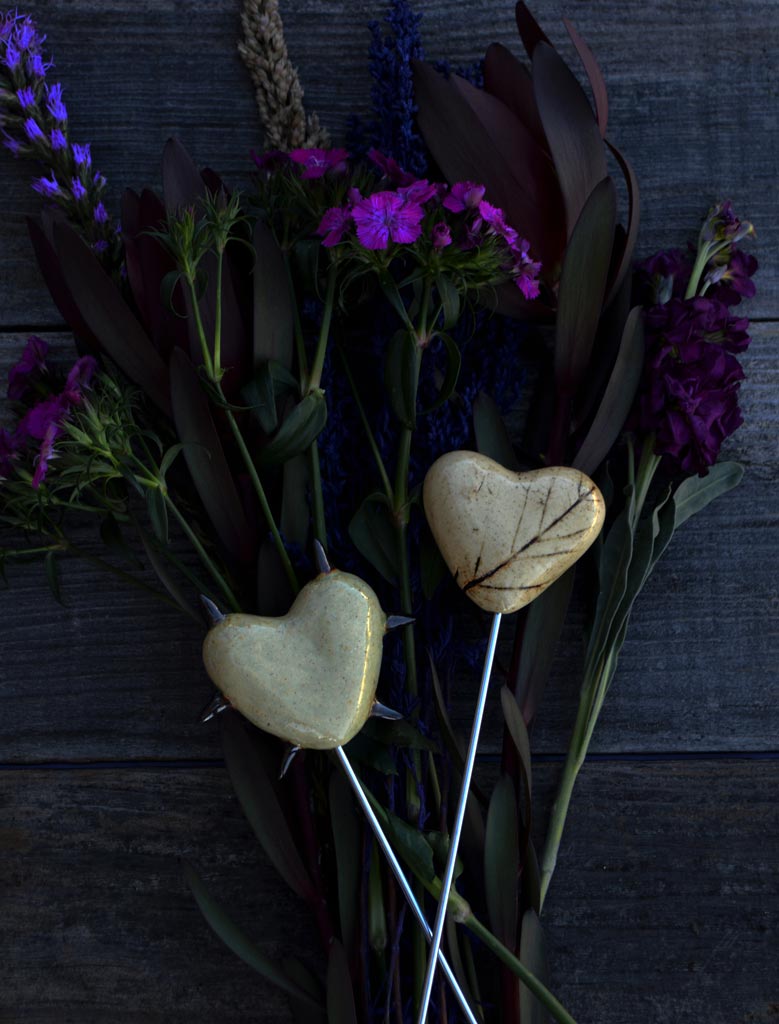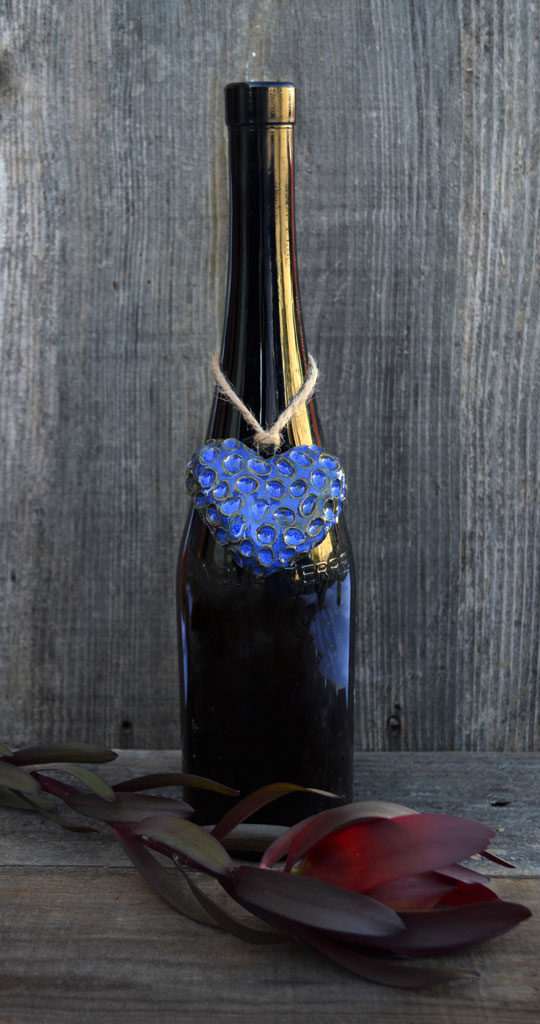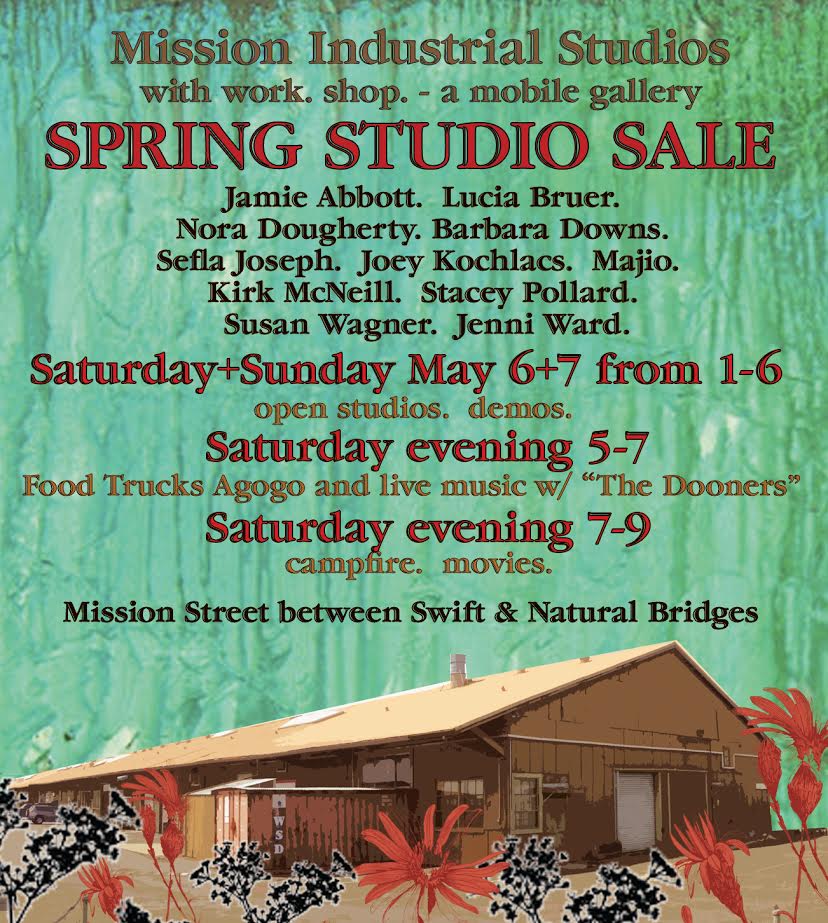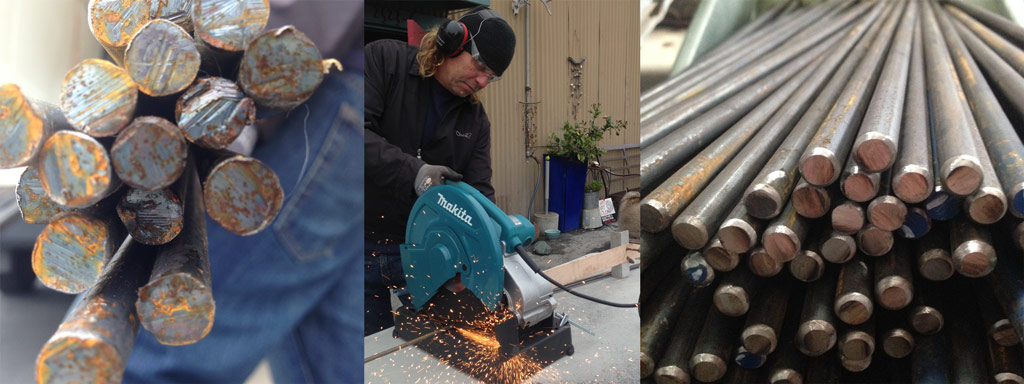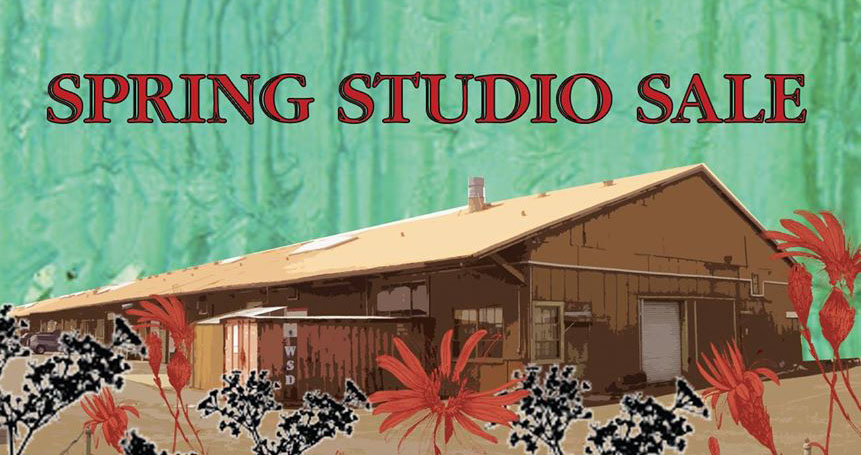 MISSION INDUSTRIAL SPRING STUDIO SALE
MISSION INDUSTRIAL SPRING STUDIO SALE
MAY 6th & 7th
11 Art Studios Open | 1 – 6 | Saturday & Sunday
Food Trucks A Go Go with G’s mexican tacos & Live music by The Dooners | 5 – 7 | Saturday
Movies & Marshmallows around the Campfire | 7 – 9 | Saturday
On the weekend of May 6th & 7th, 11 artists in the Mission Industrial Studio complex will open their studios to the public for a weekend of creativity. The artists will have works on display for sale and will be available to discuss their process, some will offer demos and have hands-on activities for visitors.
The eleven artists include, Jamie Abbott, Lucia Bruer, Barbara Downs, Nora Dougherty, Sefla Joseph, Joey Kochlacs, Majio, Kirk McNeill, Stacey Pollard, Susan Wagner & Jenni Ward. The artists range in medium from painting, to glass, to metal, wood and clay, offering something for everyone’s artistic taste.
Highlights planned for the event include a clay seed bomb making activity at Jenni Ward’s earth art studio; Kirk Mc Neill’s large scale sculpture the Sharky-Go-Round will be on display; and Work. shop. – a mobile gallery inhabiting a vintage trailer, will pull up to share art during and day and offer a campfire with marshmallows into the evening.
We know you have a lot of choices in your art events this weekend and we hope to see you at the Mission Industrial!
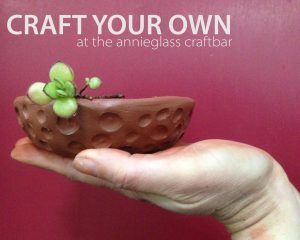
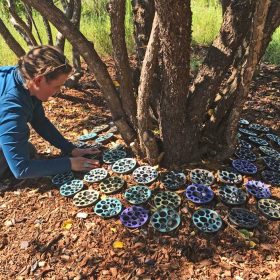
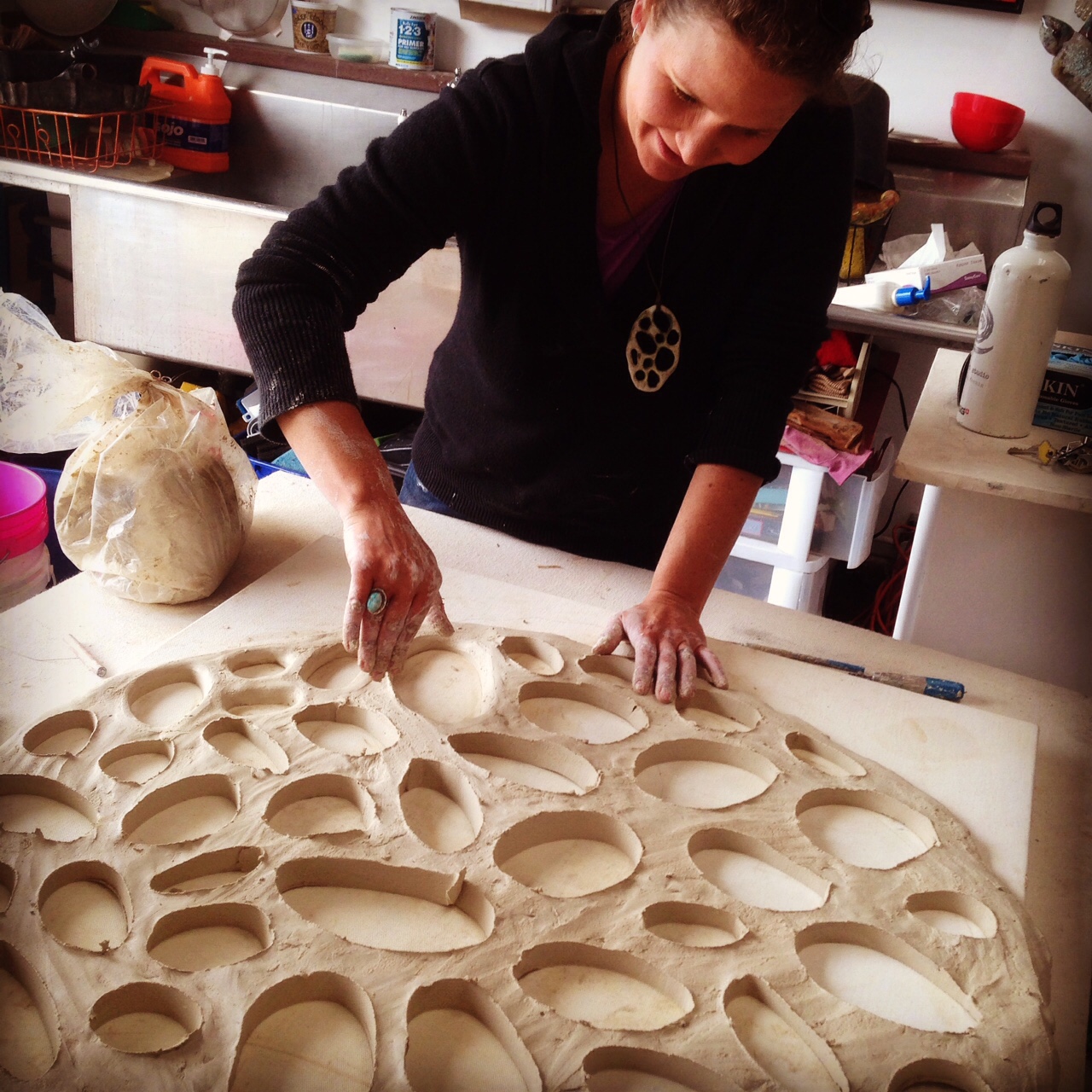 So yes, Santa Cruz is about big waves and big trees and it’s about the accepting, compassionate community but a big part of the heart of Santa Cruz is about being an incredible art destination and that’s a reason to visit all in itself. The weekend of May 6 & 7th is no exception. It will be a beautiful weekend to visit Santa Cruz if you’re from out of town or to participate in your creative community if you’re a local. There are so many art events happening but still, there is enough time to take it all in.
So yes, Santa Cruz is about big waves and big trees and it’s about the accepting, compassionate community but a big part of the heart of Santa Cruz is about being an incredible art destination and that’s a reason to visit all in itself. The weekend of May 6 & 7th is no exception. It will be a beautiful weekend to visit Santa Cruz if you’re from out of town or to participate in your creative community if you’re a local. There are so many art events happening but still, there is enough time to take it all in.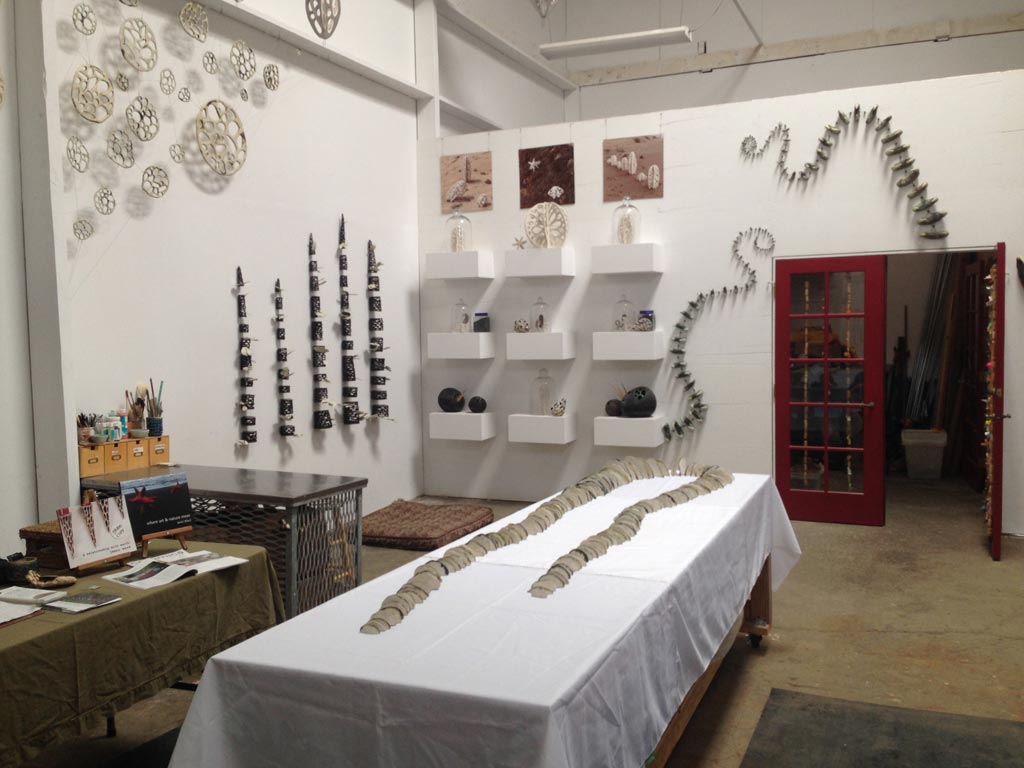
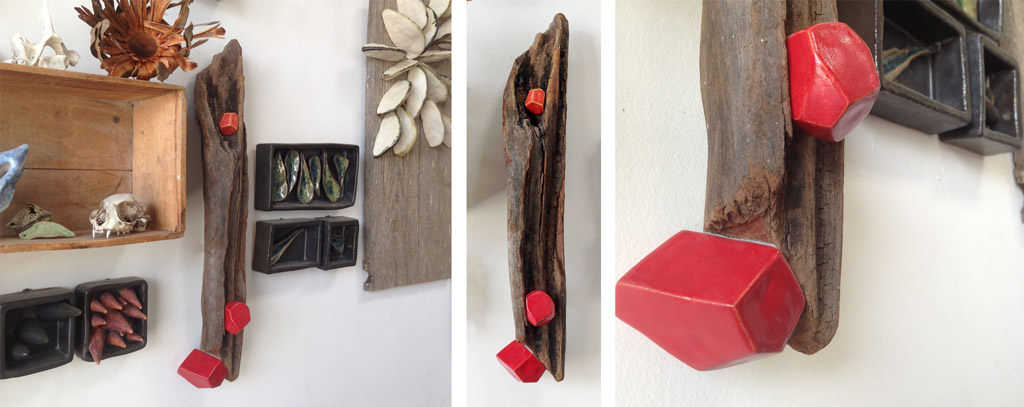 About the Series:
About the Series: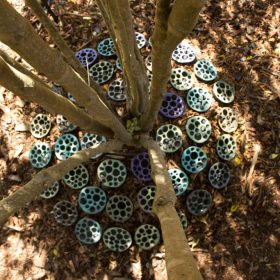 UC Santa Cruz Art in the Arboretum : Environmental Installations
UC Santa Cruz Art in the Arboretum : Environmental Installations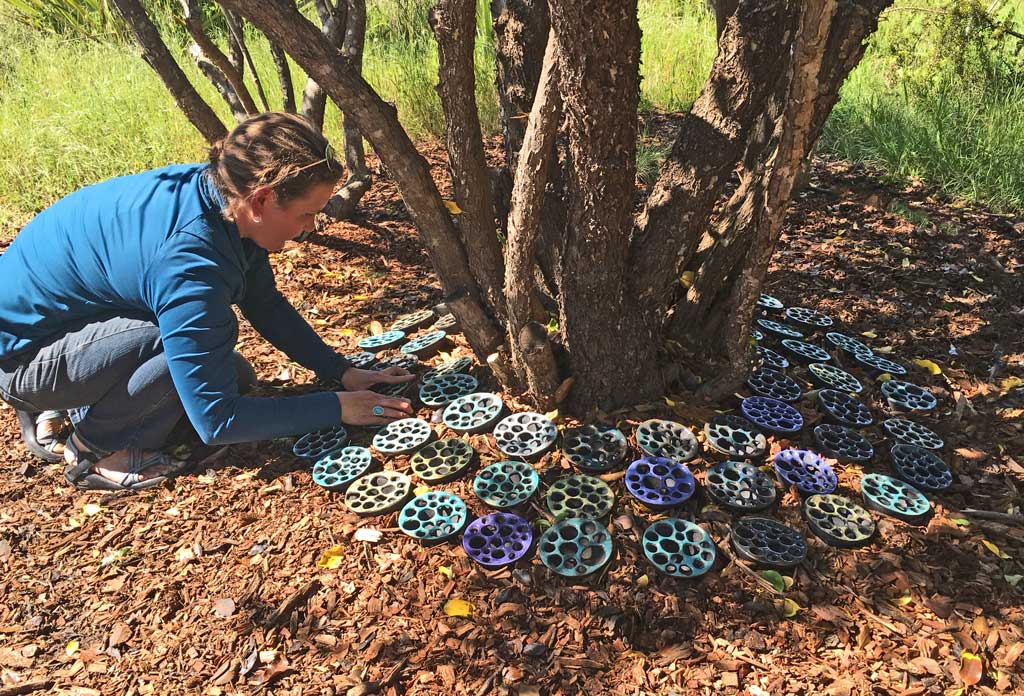 Here’s a sneak peek at my new piece titled Tree Pools, it consists of 387 seed pod shaped ceramic pieces nestled around the trunks of a small grove of trees in rings. The rings mimic the ripples of water and the rings within a tree, tying earth and water together. Both of my installations are
Here’s a sneak peek at my new piece titled Tree Pools, it consists of 387 seed pod shaped ceramic pieces nestled around the trunks of a small grove of trees in rings. The rings mimic the ripples of water and the rings within a tree, tying earth and water together. Both of my installations are